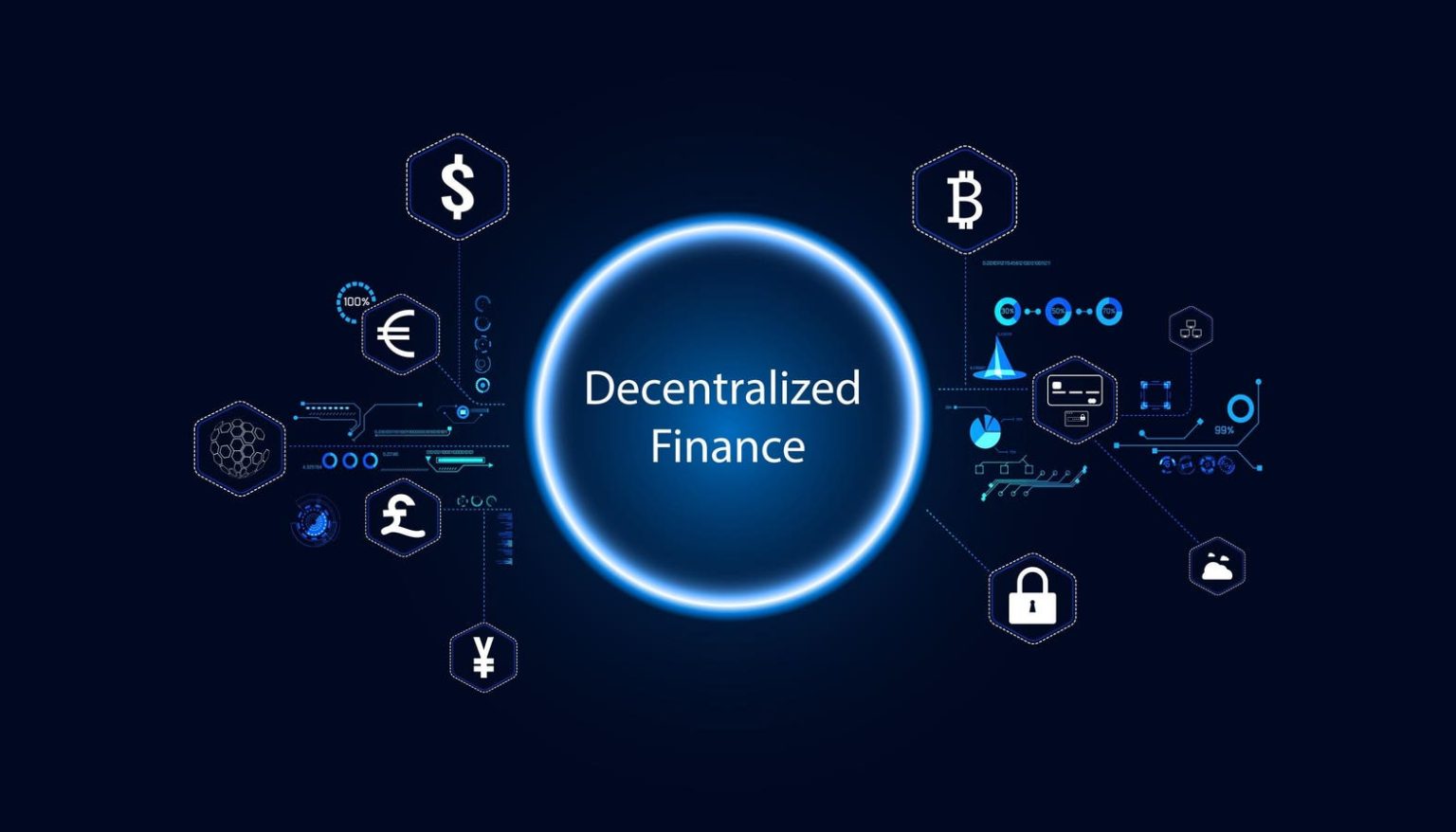The decentralized finance (DeFi) sector is experiencing a strong comeback after facing challenges for almost two years, with the Total Value Locked (TVL) in DeFi growing by 70 percent to over $175 billion in Q1 this year. The increase in interest rates for stablecoin loans, currently at 20 percent, and low fees are contributing to this resurgence, marking the beginning of the next DeFi Summer. However, there has been a shift towards more value-oriented and utilitarian innovation in the industry, as over 75 percent of projects launched during the last DeFi Summer failed due to unsustainable long-term incentives and lack of community support. Empowering grassroots users and focusing on delivering real value to the community are essential for the crypto revival needed to sustain this growth.
Emerging DeFi projects are now prioritizing getting the basics right and providing tangible value to the community, unlike the trend of questionable projects launched during the previous cycle for profit. The focus is now on incentivizing good practices in product design and revenue models to maximize value for the community. This shift towards genuine, utility-rich ecosystems is leading to a more mature DeFi sector, expanding its horizons and creating new opportunities for users.
While Ethereum remains a dominant network for DeFi projects, there is a growing interest in building DeFi on the Bitcoin Network to address persistent issues such as utility boost, decentralization, and security. Recent innovations like Ordinals, BRC-20, and Runes have laid the groundwork for DeFi on Bitcoin, leading to a significant increase in interactions and daily transactions. There is a consensus that the next DeFi Summer will be on Bitcoin, with a focus on leveraging the blockchain’s utility to create practical financial applications directly on Bitcoin.
DeFi is evolving from a speculative industry to a community empowerment vehicle, bridging gaps and fulfilling demands on all sides – seller, buyer, and investor. Innovators are developing products to fill market gaps with long-term solutions, drawing interest from venture capitalists and institutions who have invested $626 million in DeFi YTD. The current depth of DeFi innovation is making it more accessible to the mass market, with platforms like Anzen offering on-chain private credit to users backed by real-world assets.
The nature and quality of DeFi projects being launched now distinguish themselves from their predecessors in 2020-21, offering more than just high yields. From dedicated point-of-sale payment systems to application builders and launchpads, DeFi projects are expanding the scope of decentralized, non-custodial technologies to address various financial problems and limitations. DeFi is moving towards a future where financial autonomy, security, and inclusion are becoming the norm, fostering a new frontier in the financial industry.













